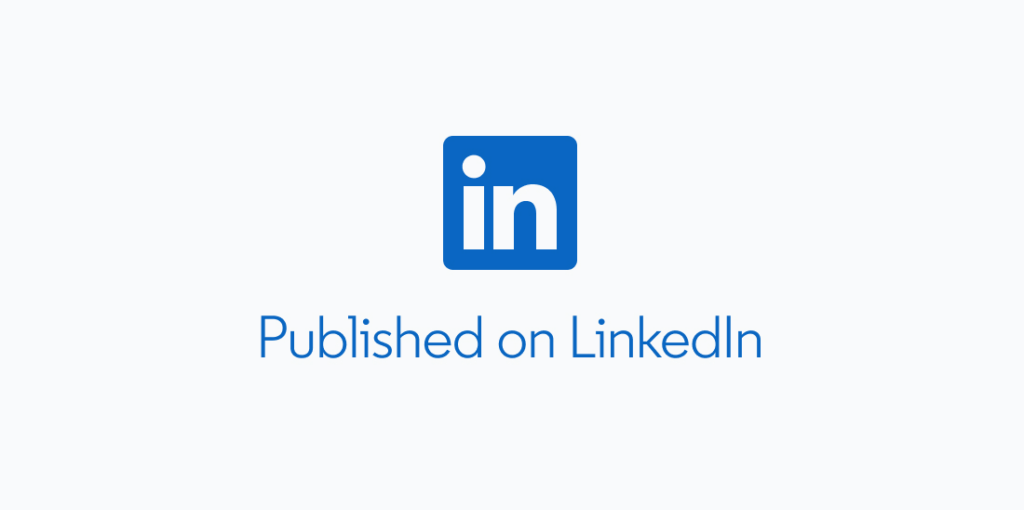Enlightenment
When was the last time you were enlightened? Have you noticed how the intensity can vary from insight to rapture to genius? When greater understanding or resolution of a lingering question presents itself, do you liven up and pause to grasp it? A fresh idea, or simply re-understanding what we thought we knew, can bring transformative feelings of renewal, engagement, and at times the conviction that we are indeed moving in the right direction toward a meaningful goal. It has been said that, “artists from Picasso to Bob Dylan and entrepreneurs including Bill Gates and Steve Jobs changed the world by finding “radically new ways of looking at old problems.” They cut through all the accumulated stuff — forget what’s been done — to see something special, something new.”[1] Effective leaders know how to create work environments where enlightenment is possible. People are more attentive and focused when they participate and anticipate that learning and progress are imminent. Team leaders who encourage colleagues and employees to compliment one another’s strengths and to fill in for one another’s weaknesses promote conditions where people feel more purposeful, connected, and valued; this contributes to productivity and a sense of well-being. [2] I was enlightened the other day and the effects linger. David Whyte,[3] a gifted poet and business consultant, ran a workshop at a coaching conference[4] in Boston and I was in the room. David Whyte combines poetry, storytelling, and consulting to help people have crucial conversations about complex contemporary workplace challenges. He explained that great poetry bypasses the rational brain, speaks directly to the heart, and then invites the rational brain to seek understanding. Through this art, he helps people cut through information overload and reframe struggles that show up at work. Issues challenging leaders today are different in part due to the heightened pace of change and breadth of knowledge we deal with daily in the Information Age. Challenges today can be of multicultural, global, and existential dimensions for people at all levels of an organization. I confess I have never encountered or considered poetry as a tool for coaching in a corporate context until David Whyte enlightened and moved me. In the workshop, he told stories about travel, friendships, and clients that inspired the several poems he recited. At the end of each recitation he paused and 25 of us were entranced. We sat alone together in silence, wanting to break through to comment, but we could not form words adequate to express our thoughts. A few tried and could only express tears. One poem -The Faces At Braga – stirs compassion in me for my wonderful clients. The Faces At Braga is a poem about one of David Whyte’s experiences visiting a cave at a monastery in Portugal accessible only those who are invited in by the monks. This cave exists today. Inside the old shrine room there are hundreds of faces carved in devotion out of wood and hung centuries ago. The only way to see the faces in the cave is by lighting the candles made of yak butter. In this excerpt, David Whyte implores us to see our weaknesses as part of what makes strength possible, adding space for growth, and inviting help and conversations into our relationships. Leaders, who willingly partner with a coach, come to realize that they do not have to change who they are to lead well, but they do need to have exceptional self knowledge about: Who they are now,What is going on for them here,What strengths they have that contribute to their own and collective successes,What weaknesses they have that get in their way,What weaknesses they have that could contribute to collective success (yes, success), andHow to have conversations about their own and other’s strengths and weaknesses. Leaders cannot be equally competent in all areas. People who have been invited to assist gain a sense of purpose, feel engaged with one another, and spontaneously seek ways to troubleshoot and shore up a leader for the benefit of a shared goal. It is in that space, where there are no authoritative answers, that enlightenment and discovery can occur. In many companies today, ‘failure’ is reframed as an opportunity for learning. When mistakes are not hidden out of fear or shame, conversations that follow will enable teams to self-regulate, enlighten one another, and become mutually accountable for meeting the courageous standard set by a leader to stay ahead by pressing from one challenge to the next with commitment, conviction, and humility. Faces At Braga (excerpt reproduced with permission) “If only we knew as the carver knew, how the flaws in the wood led his searching chisel to the very core, we would smile too and not need faces immobilized by fear and the weight of things undone. When we fight with our failing We ignore the entrance to the shrine itself And wrestle with the guardian, fierce figure on the side of good. And as we fight Our eyes are hooded with grief And our mouths are dry with pain. If only we could give ourselves to the blows of the carver’s hands..” [1] Zane J. Peder, In the Age of Information, Specializing to Survive, The New York Times, March 19, 2015, Education Section http://www.nytimes.com/2015/03/20/education/in-the-age-of-information-specializing-to-survive.html?_r=0 [2] Rath, Tom and Conchie, Barry: Strengths Based Leadership: Great Leaders, Teams, and Why People Follow, Gallup Press, Copyright 2008 [3] http://www.davidwhyte.com/biography.html [4] http://www.instituteofcoaching.org [5] Whyte, David River Flow, New & Selected Poems, 1990, 2014 Many Rivers Press, Langley, Washington; excerpt from The Faces At Braga pp 296-297 – reproduced with permission full poem text





